14 Jan Natural Movement, Ancestral Movement
This post is taking me a long time. It’s a huge topic, and every time I start I seem to get
bogged down in the details. Let’s see if I can tell the story just to get the ball rolling, and then get back into the science of it all in later posts. That’s how it’s gone for me anyway: embodied practice has led me to some pretty strange and interesting places, which I’ve then had to follow up with years of study and thought to try to make sense of it all. It’s very much a work in progress.
After years of practicing and teaching martial, movement, healing and meditative arts from around the world, I’ve recently started teaching “natural movement”. That is, exploring all sorts of movement and awareness practices within the context of biological evolution, culture and ecology. When I had to do a quick write-up for our Facebook group, I wrote this:
““NATURAL MOVEMENT!” Strength, mobility, agility of the whole body and each individual part. Freedom of movement in every direction from every position: lying down, sitting, kneeling squatting all-fours and standing. Every possible variation of rolling, crawling, squatting, walking running jumping climbing balancing lifting throwing and wrestling! Incorporating concepts and methods from any and every culture and tradition, including Yoga, Pilates, Feldenkrais, Qigong, Capoeira, Chinese Japanese and Russian martial arts, dance, Movnat, Parkour and the Methode Naturelle, oldschool strength training, Monkey Gym and gymnastics. An ongoing exploration of human ancestry through MOVEMENT in different environments.”
So that gives some idea of what we mean by “natural” movement. It’s fun.
 What then, do I mean by “ancestral” movement, and why do I emphasize it, why is that the name of the blog and not the facebook group?
What then, do I mean by “ancestral” movement, and why do I emphasize it, why is that the name of the blog and not the facebook group?
To begin with, “natural” seems more accessible to people at first. Everyone wants to be more “natural”, and the thought of getting better at climbing and running and balancing has at least some appeal to just about everyone. “Ancestral” though? That’s starting to sound a bit weird, a bit suss, a bit “who cares?” and “what’s the point”-ey.
As I said in the write-up: what I’m working on is an exploration of human ancestry, through movement, in different environments. This is actually becoming trendy, believe it or not, with the growth of Crossfit, the “paleo diet”, “ancestral health” symposiums, barefoot running and so on, people are finally beginning to realize that when it comes to health, fitness, movement and all that, evolution/ancestry isn’t just a useful context it’s actually the only context which makes sense.
The problem is, most people’s concept of “ancestry” is far, far too limited. “Paleo” is shorthand for “Paleolithic” ie the “old stone age” – a period spanning something like 2 million years – when ancient humans or proto-humans were making and using stone tools, running around foraging and hunting and either living lives which were nasty brutish and short or – depending on who you listen to or which books you like to read – living lives that were full of abundance, radiant good health, loads of great sex (including awesome group sex and even awesome psychedelic group sex) and non-stop good times. Sweet! No problem so far, I like preparing for an imagined apocalypse as much as anyone, love giving props to my ice-age-surviving ancestors, and often find the ramblings of Terrence McKenna to be insightful and highly entertaining.
But why, when thinking about the ancestral origins of human behaviour and culture, do people so often stop at some arbitrary point in the paleolithic period? What about all that happened before?
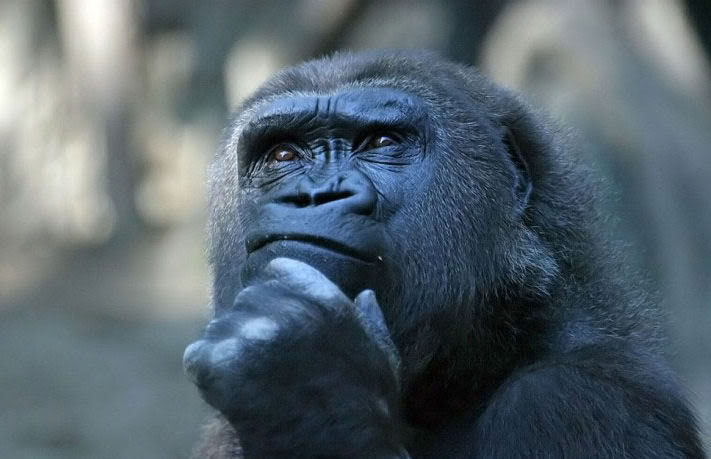
I went through this myself, of course. During my teenage years I called my own personal philosophy “Ape-ism”, the central tenet of which was that all human behaviour and social problems could be explained with the phrase “we’re just a bunch of fucking apes”. I began to feel and see all the parts of myself and everyone around me which were “ape” – the way we sat, walked, climbed, scratched, the way we made appropriate mouth-noises and postured in social situations. I read Desmond Morris. I studied biology, anthropology, archaeology, sociology, history, religion. I practiced meditation, yoga, capoeira, jujitsu, tai chi. I dived into Buddhism, then Daoism, discovering whole cultures of thousands of practitioners devoted to seeking “naturalness”. I started extrapolating from my physical training certain qualities of fluidity and springiness which I called “monkey body”.
I had formative experiences where I felt myself equivalent to a little dog, some sort of French Poodle or some such thing, with a stupid haircut and wearing a little outfit, completely dependent and full of neuroses which doesn’t even know that it’s a dog. Descended from wolves, a domesticated creature with no concept of what it is or where it comes from. I had others where I envisioned what a “true human” was like, or could be like, or might have been like in the past: agile and strong right to the tips of the fingers and toes and teeth like a tiger-monkey, completely switched-on animal senses able to read and interpret the many languages of the natural world, yet also with uniquely human “yogic” abilities like perfected concentration, spatial awareness expanding to infinity, empathy with and compassion for all creatures, things like that.
My whole “Ape-ist” philosophy got blown open though when I started having weird experiences of what at the time I could only describe as “tapeworm consciousness”: the discovery of a kind of awareness and a whole suite of movement patterns contained in the tube starting from my lips and teeth and extending through my insides to my anus and genitals, which didn’t know or care about this “Simon” character or anyone else, but which lived inside me and cared only about food and sex. It happened the first time as I was kissing someone who I was very much in love with, and it freaked the hell out of me. But, being who I am, I also thought “wow there’s a part of me which is still some sort of worm this is SO COOL!”
I was no longer just an ape. I was more. So much more. The discovery of the “tapeworm” shook me right up, made me reconsider: what else might be in there, hidden away in the darkness of my body, suppressed by culture? I realized that it was no coincidence that the writhing and undulating movements of the body’s central axis which I’d associated with the inner worm are completely and utterly forbidden in our society, only acceptable during sex, away from the public eye, just as it is forbidden to bounce or roll or crawl or climb a tree in a public space, or even to freely move the arms in the air anywhere above shoulder height.
In our society, MOVING LIKE AN ANIMAL IS NOT OK.
BUT, most cultures seem to contain practices of animal mimicry. I began to wonder about the evolutionary origins of movement, looking into the similarities between the types of movements present during the developmental process in humans and the movements of different animals. Swimming, crawling, walking, running. Reaching, grasping, biting, chewing. Squatting, jumping. Visual scanning. Climbing, chasing, sneaking. Wrestling and hide-and-seek. Posture, gesture. Shouting, screaming, squealing.
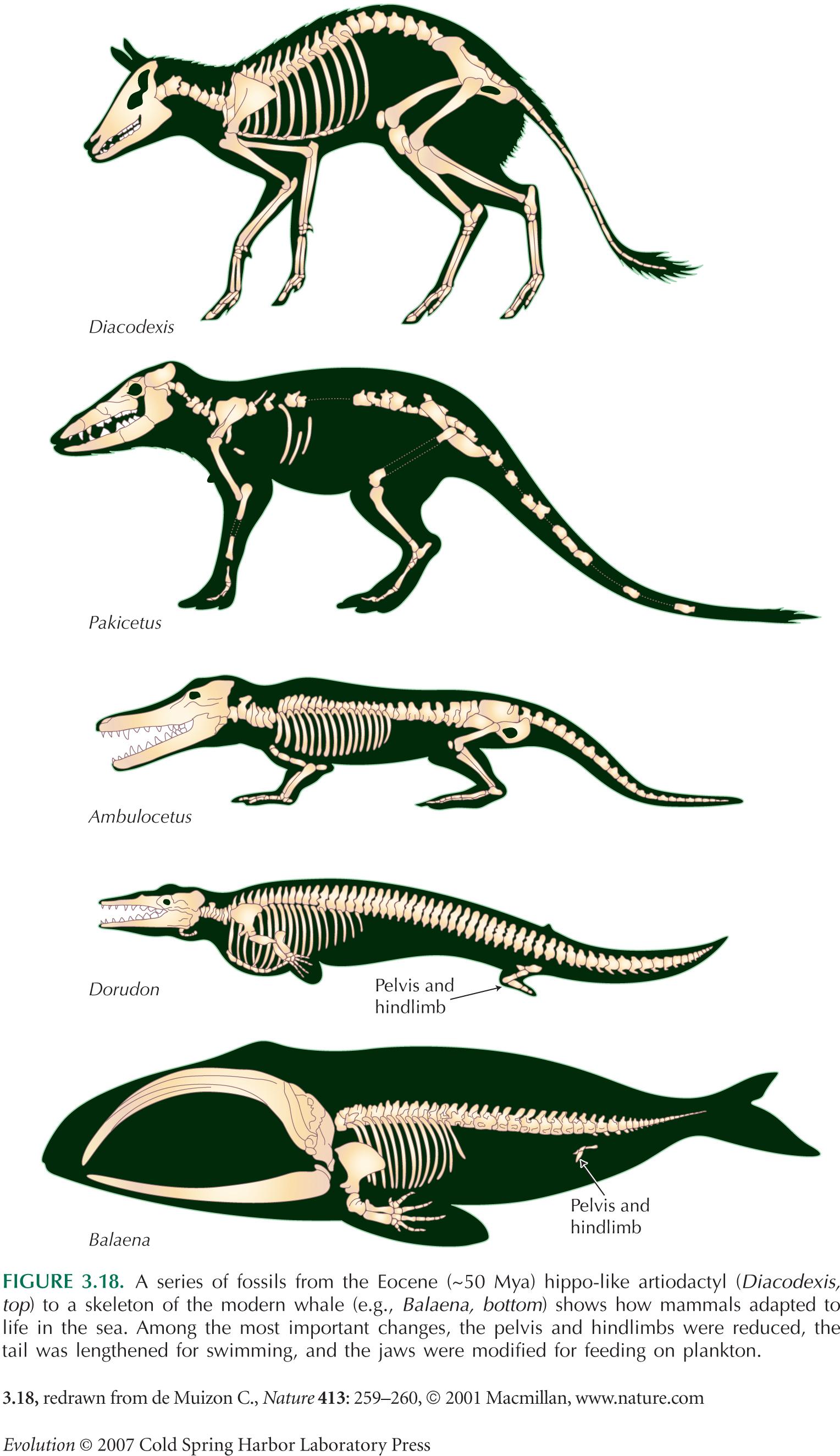
I went back to school to study more anatomy and physiology, biomechanics, psychology and basic biochemistry, while I continued to read everything I could about evolution, ecology, anthropology, complexity or systems theory, and neuroscience. I got in the habit of noticing similar patterns in different species of organisms: patterns of structure, of physiology, of movement and of behaviour. My old pondering “isn’t it interesting that almost all animals have heads” evolved into “isn’t it interesting that almost all animals have heads, and that they (or rather crucially: we) all seem to display common patterns of mouth-directed movement“.
I spent days one summer quietly following a monitor lizard around in the forest, feeling clearly for the first time that the undulating spine and alternating contralateral-diagonal stepping patterns in it’s crawling pattern were the same as those in my walking and swimming, and that this made perfect sense since my ancestors were lizards. Not just a head with its eyes and ears and mouth and nose, a neck and a spine, but hips and shoulders, elbows and knees, wrists and ankles, fingers and toes. Most of the fundamental patterns of my own body structure were present in that lizard, which, to me, meant that I was in many fundamental ways still a lizard.
It was around this time that my ideas crystallized into something coherent: “Ancestral Movement”. Diverse practices from cultures around the world began to make sense: Yoga, animal mimicry, spinal undulations, Capoeira, Chinese martial arts, Daoist and shamanic worldviews, totem animals, ancestor worship, shapeshifting. I finally started to discover other people doing similar work, and coming to similar conclusions. Moshe Feldenkrais, Rhizome Lee, Bonnie Bainbridge Cohen, Emilie Conrad, John A. Appleton. People from completely different backgrounds who, through long practice of mindful exploration of their own bodies’ feelings and movements, discovered exactly the same thing as me: that each of us carries the entire history of our ancestry inside us, from our primate heritage stretching back through our reptilian and amphibian past to when our family were fish and worms and then all the way back to when our ancestors were communities of single cells, wrapped in semi-permeable membranes, floating in the ancient oceans. That our individuality is an illusion. That our bodies are billions of years old. It’s all a bit epic, and quite a long way from our usual conception of human life as being somehow “mundane”.
Recent work in neuroscience seems to support many of my ideas:
Neuroplasticity – the brain changes to get better at what we do with it, depending especially on where we habitually focus our attention.
“Bodymaps” – we feel ourselves through many interconnected “maps” in our brains representing our bodies, which change depending on how we feel and use our bodies.
Interoception – a person’s sense of the autonomic processes occurring inside their body (blood pressure, heart rate, strength of heart contractions, blood flow to different areas) correlates to their awareness of their changing emotional state.
(“How do you feel?” Lecture by neuroanatomist Bud Craig. Or a journal article on the same topic. Bud Craig’s work is AMAZING.)
Mirror neurons and empathy – we feel the movements of others as if they are occurring in our own bodies. The clarity and intensity of those feelings depends upon the clarity and detail of our own body awareness. Our felt sense of others’ emotional states depends upon the clarity and detail of our own interoceptive sense: better feeling of one’s own heartbeat correlates to greater empathic sense of and response to the emotional states of other people.
Body awareness, interoception and empathy are plastic: they can be developed (or atrophy) through practice, and there is no clear limit to this process.
So this then is the point of this work: each part of ourselves (structural or behavioural) that we feel, we then see in the outside world as well. Becoming aware of the inner tapeworm and mouth directed movement in my own body led directly, immediately to the felt awareness of the fact that all of the other creatures around me – human, mammal, reptile, bird, fish, insect, worm – are also essentially mobile, reproducing digestive systems. Every time I see them I feel the parts of myself which are the same as them. This is very different to an intellectual “understanding” – it is a felt sense, an activation of completely different brain areas devoted to the actual sensations in the body parts themselves, “knowing” through the body, rather than the rational, analytical mind.
A feeling that the body is made of cells containing water, wrapped in permeable membranes, shrinking and expanding. The same basic pattern which is present in absolutely all living things on our planet.
A digestive tube with a mouth, ass and sex organs. Teeth and tongue.
Focusing attention inside to the point that the body is felt as a network of pulsating tubes of liquid, leads to the felt understanding that even plants are our relatives, we are family, literally.
A central nervous system, brain and spinal cord.
Segmented body structure. A vertebral column. Undulations.
Four limbs. Claws for climbing and digging.
When I look now at a worm, I see my family, I feel those parts of myself at the very center of my being which are identical in pattern to the worm. When I look at a frog, I see a being not distantly related but so closely related as to be almost identical.

Well that was all a bit personal, but it’s a start.
Here are some links:
The Center for Nonverbal Studies
Robert Sapolsky’s “Human Behavioural Biology” course at Stanford University;
Relevant interviews from Ginger Campbell’s amazing Brain Science Podcasts: Bodymaps: “The body has a mind of it’s own”, and part 2. One with Norman Doidge, author of “The brain that changes itself” on neuroplasticity. Here’s one on mirror neurons, and one on the origin of emotions.
Bonnie Bainbridge-Cohen’s School of Bodymind Centering (BMC), Emilie Conrad’s Continuum Movement, Rhizome Lee’s Subbody Butoh
“Postulating that our neurological models for
musculoskeletal support, movement, and emotional expression
come from archetypal forms in early organisms.” – An introductory article on Postural Release Imagery, by (Alexander Technique practitioner) John A. Appleton, and his facebook page.


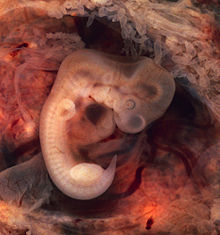
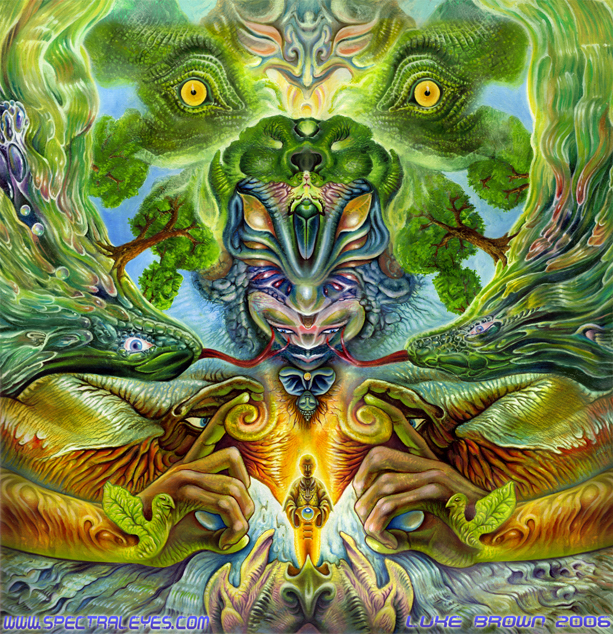
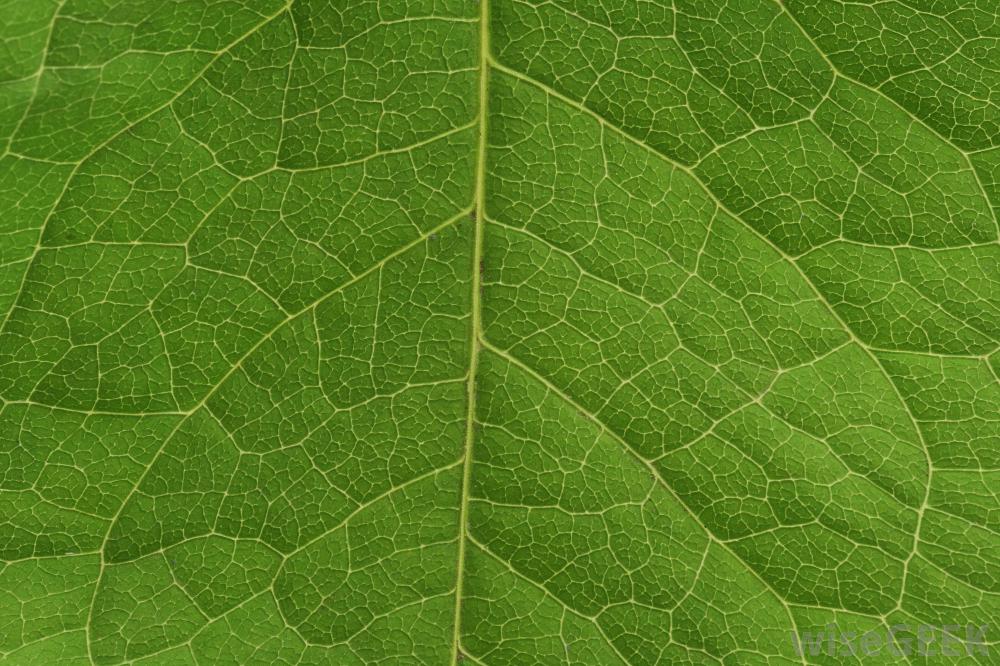

Josh leeger
Posted at 19:19h, 14 JanuaryWonderful summary!
I challenge you to find a much older and even more “primal” form of movement!!
simon
Posted at 21:30h, 14 JanuaryLike breathing? older than liquid pulsation? what can be older than the original ooze, except the cosmic spiral?
Candis
Posted at 04:26h, 15 JanuaryWonderful. So much to think about here. Thank you so much for this unique perspective, yet another piece of the vast, seemingly endless puzzle that makes us who we are.
simon
Posted at 09:18h, 15 JanuaryThanks Candis 😀 yes it is mind-boggling stuff!
Tanya
Posted at 13:58h, 15 JanuaryGreat, great informative blog! I really enjoyed it!
simon
Posted at 16:58h, 15 JanuaryThanks Tanya!
Pieter
Posted at 21:05h, 14 FebruarySir, Simon,
Thank you for your blog. I really appreciate your work and effort, especially trying to combine the modern science and the ancestral, evolutionary view with the traditional eastern approach. Of the latter I know very little, but your work inspires me to look at those traditions differently.
I’m not sure if you are aware of the work another Australian (living in NZ i think): Phillip Beach. He’s got an interesting view on health, combining embryology, evolutionary mismatch and traditional chinese medicine.
Thanks, and looking forward to read more!
Pieter
simon
Posted at 12:14h, 15 FebruaryThanks Pieter, no I haven’t heard of Phillip Beach, I’ll look him up!
Monya Gorelik
Posted at 17:54h, 05 MayGreat work! A lot of very interesting information, new and fresh ideas and interesting links.
Great desire to find some common basis for seemingly different phenomenas.
I would like to point out on two great scientists who spoke about these matters teens of years ago and wrote significant works:
1. Prof. N.A. Bernstein “On Dexterity and its Development”, written in the 1940
2. Prof. Berg “Nomogenesis”, 1922: http://www.evolocus.com/Textbooks/Berg1969.pdf
Another authors i like to read, but unfortunately i have these books only in Russian, but may be there is some translation too:
1. Eskov “Evolutoin of vertebrae on the land”
2. Chaikovsky “Evolution”
3. Iordansky “Evolution of Life”.
simon
Posted at 14:34h, 06 MayMonya thanks again, for the comments and the links. I’ll have a read and look up those other authors as well.
Alex
Posted at 08:18h, 12 JuneFascinating post. I had similar thoughts working on my neuroscience thesis. I drew parallels between the form and functions of the motor neuron clusters that drive gait/locomotive patterns and transitions between leech swimming, salamander walking/swimming, and quadruped mammal movement. It’s fascinating how similar all these different creatures are. The book “your inner fish” is a great resource on this.
simon
Posted at 13:52h, 12 JuneWow that sounds great Alex where did you do your neuroscience, and what was your thesis on? I’m always looking for more research on these topics so I’d love to hear about anything you’ve come across, or ideas you’ve had.
simon
Posted at 13:53h, 12 JuneJust assumed your name was Alex from the email address.
Pingback:TFPP 037: Simon Thakur- Ancestral Movement, Rewilding, Neuroscience, meditation & Flow - Flowstate Collective
Posted at 09:23h, 22 March[…] His first ever post on Ancestral Movement […]
Uma Jha
Posted at 21:12h, 02 AprilHi Simon, I’m Uma Jha, your (American) cousin Vivek Jha’s Mom from India. Your work is awesome and totally believable, but you’ve only got half the coin. The other half of the coin is what you’re warring with. Somewhere along the line there came a merge with unresolved conflict. Combine the two and you’re on! It’s time to open up all our faculties. Think about it. I would do that, if I were you and I would encourage Vivek to do that too. Warmest regards, Uma
Carlos Lozano
Posted at 13:24h, 06 OctoberHello All,
I’m VERY interested in teaching some form of natural movement for my current employer. Unfortunately, they only accept courses that are recognized by the major organizations. Can anyone recommend ANY form of natural movement coursework that is accredited? I’ve already considered MovNat and Original Strength. Thanks to anyone who can help me.
Carlos